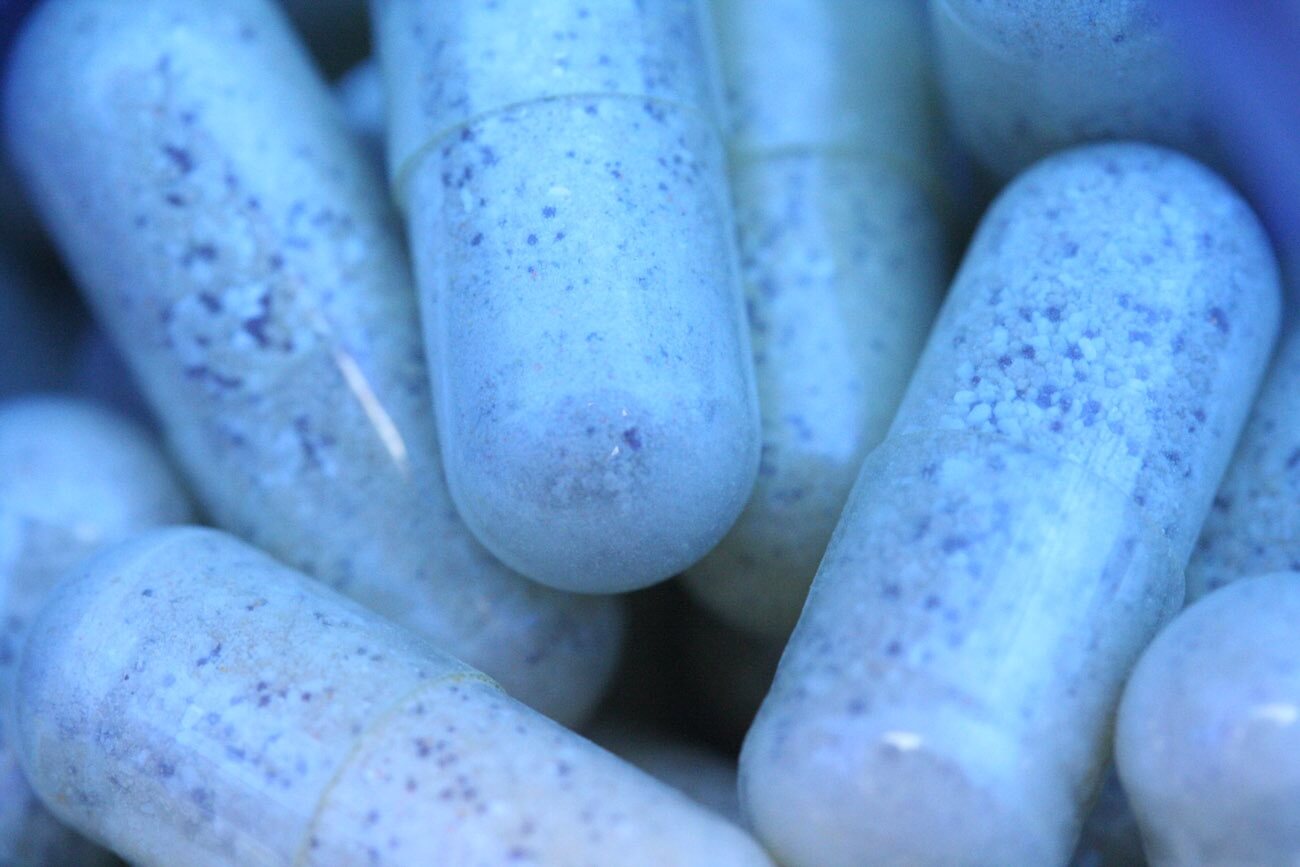The downsides of industrial food growing, accessible medication and anti-aging beauty products.
An emerging water threat
A new growing concern among water experts has been rising over the last decade – a whole range of medications seem to be present in your tap water. To make matters worse, you didn’t ask for these drugs in your glass. Pharmaceuticals are omnipresent and are used in a variety of industries. Human or veterinary treatments are the most obvious sources of drugs like antibiotics and analgesics which end up in the water system with a substantial portion of chemical pollution comes from the agricultural sector. Taking into account the chemicals used for everyday care will help you to better understand the scope; for an extended list, we need to look no further than in our own medicine cabinets, bathrooms, hormonal creams, skin lotions, perfumes, and sunscreen.
How daunting are the prospects
We don't metabolize all the amount of medications we intake. The unutilized chemicals pass through the sewage treatment plants, get into natural water systems and affect the wildlife. Researchers from Europe and North America have been finding antibiotics, blood pressure reducers, hormones, psychiatric drugs and painkillers in treated water for few past decades. Although drinking water tests from around the world generally show low concentrations of various drugs in the samples, it is not yet viewed as a direct threat to public health. Drugs do not visibly harm wide populations right now and there is no conclusive research or evidence concerning the long-term exposure to individuals.
Some studies already show confusing data through the study of wild fish population. A seven year experiment, conducted in a lake in northwestern Ontario in Canada**, showed that continuous exposure to low-estrogens and their equivalents in waste water, turned male fish into female. As a result the whole population approached the edge of extinction.
Antidepressants and antihistamines are among major pollutants of freshwater systems, and it should not be a surprise. For example in the US antidepressant use grew by 65% within a 15-year period, from 7.7% in 1999–2002 to 12.7% in 2011–2014***. A study**** carried out in Niagara river reveals that their increasing release into ecosystem results in direct bioaccumulation in fish organs, including brain and liver.
It is only evident that so far no large-scale research has been done to study the cumulative effect of traces of pharmaceuticals in drinking water on human health over a long-term period of time.
Living free from acne and chlorine
Existing regulations of water treatment are not aimed to specifically remove pharmaceuticals. To some extent it happens on its own under classic municipal drinking water protocols - chlorine may reduce up to 50% of these compounds (at the risk of forming more toxic chloroform)*. Chloramine, an alternative to chlorine, is known to be less effective. It does not remove antibiotics, such as erythromycin, sulfamethoxazole or trimethoprim which is used to cure various bacterial infections. Current regulations guide water treatment stations to concentrate on more evidently harmful contaminants like bacteria, lead and numerous other life-threatening hazards.
Living on bottled water is not a viable option
While standardisation for the monitoring of drinking water for pharmaceuticals is being developed, the decision of whether or not to take preventive measures is the choice of an individual, rather than a matter for government authorities. Trying to avoid drug exposure by using bottled water for drinking is not the best idea. Ignoring for the moment the plastic waste it would generate, bottled water is usually simple spring water. As we already know, this water is treated with no special protocols in regards to pharmaceutical testing. To be sure you do not unknowingly continue to consume pharmaceuticals you should know the purification process a bottler is utilizing. The most reliable way to remove more than 99% of large pharmaceutical molecules is the reverse osmosis purification system which you can also have at home for your own personal unlimited use.
*http://www.who.int/water_sanitation_health/publications/2011/pharmaceuticals_20110601.pdf
**https://www.ncbi.nlm.nih.gov/pubmed/17517636
***National Center for Health Statistics https://www.cdc.gov/nchs/products/databriefs/db283.htm
****Environmental Science & Technology http://pubs.acs.org/doi/abs/10.1021/acs.est.7b02912

